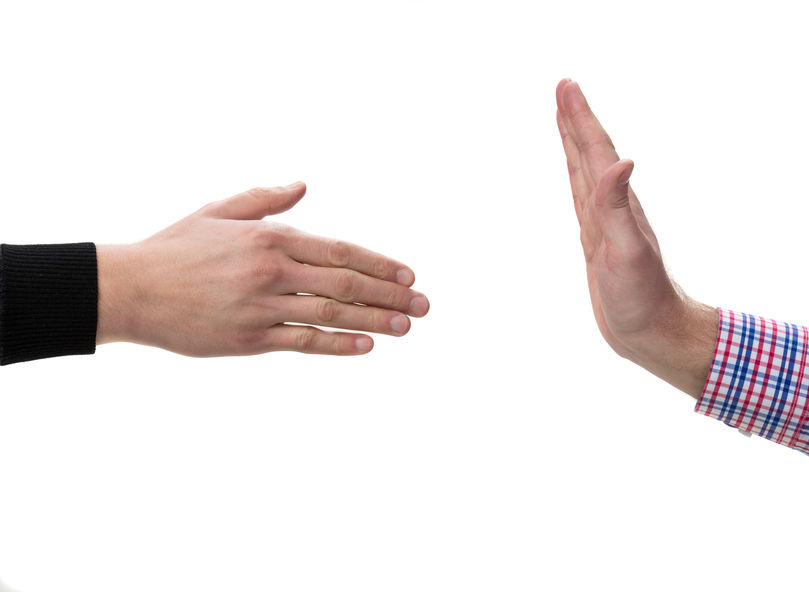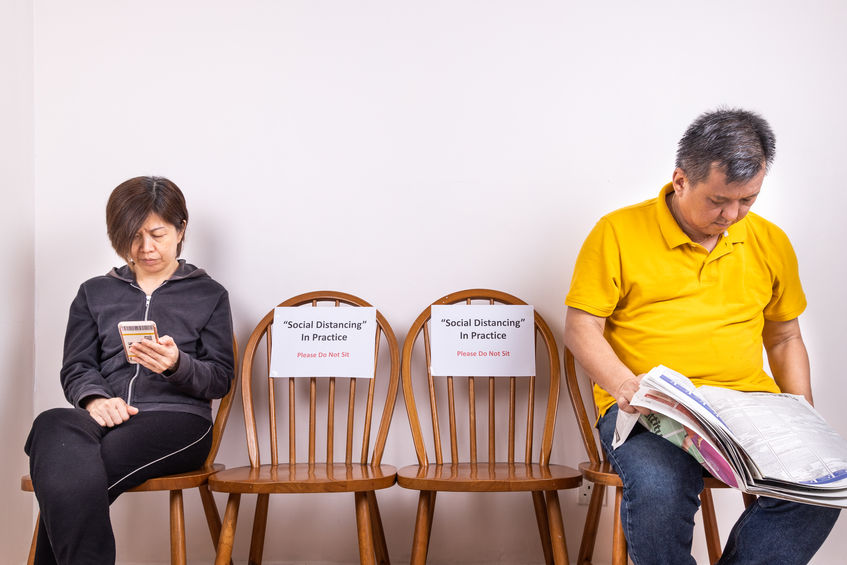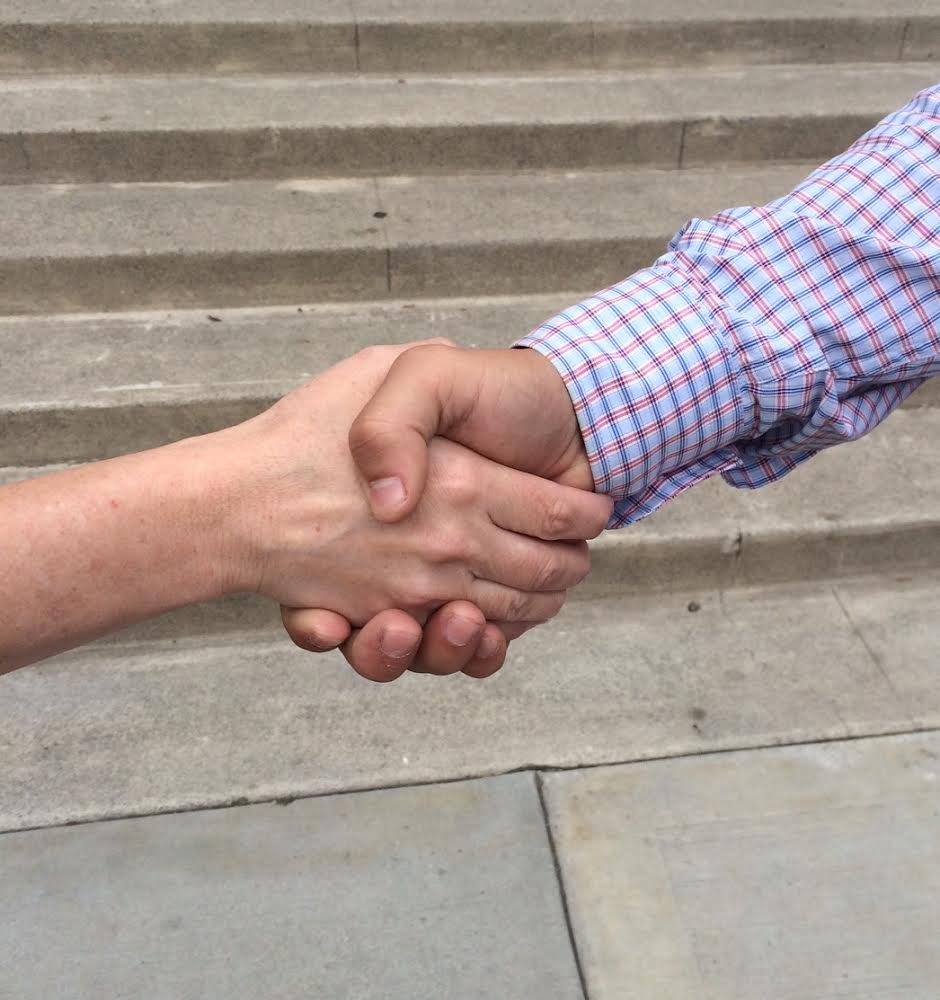What's More Important than
the Handshake?

In today’s curious times, face-to-face conversations are mostly suspended unless we are home with family members. If we do see someone we know within the socially distant range, the handshake is (often awkwardly) skipped and greetings are only spoken instead.
We see each other and one of us exclaims, “Virtual handshake!” The other person remarks, “Same to you, yes!” Virtual is replacing the real deal. For now.
Keeping a Distance
Dating back, some say, to the ancient Middle East, the handshake as a salutation has served as a gesture of welcome, agreement, and friendship, and has symbolized the expression of recognition and value. It’s a most practiced and popular greeting.
Except during health crises. Yes, the handshake has faced trouble before, just not in recent times.
In every flu epidemic/pandemic, as well as the several polio epidemics during the twentieth century, public health and safety recommendations issued precautions and prevention measures. Always on the list to avoid: places where groups gather, public bathrooms, public transit, and close contact with others.
Always recommended were frequent and thorough handwashing, covering of mouth and nose when coughing or sneezing, and staying at home when symptomatic. And of course, no face touching. It stands to reason that in previous pandemics people were not shaking hands.
But handshaking always came back. In the last twenty years, the handshaking custom has grown stronger through the evolution of gender-neutral greetings, which has simplified the way people in the United States, in other western countries, and in international business typically greet one another.
An outside observer might predict that the handshake will come back again, at least professionally and in business. Though many disagree.
It’s More Than Just the Handshake
A friend remarked that he was at his doctor’s office when another patient came into the waiting area. They recognized each other at once. The one reached out to offer his hand and my friend shook his extended hand, though he was aware immediately that it didn’t feel appropriate. Almost horrified, the initiating friend removed his hand quickly and apologized for offering his handshake. Neither felt they had properly greeted one another.
We don’t know how “social distancing” will change the norms of greetings. A co-author and myself wrote about this issue in a recent article in USA Today.
However, the lesson of etiquette and good manners is that we be mindful of one another in ways that are recognizably respectful. If we’re not shaking hands, we might make a slight head nod, bow, or cross our arms across our chest.
But there are other vital aspects of greetings that are just as, if not more, important than the “reaching out” aspect:
- Standing and facing the persons you are greeting to show respect.
- Smiling while making eye contact to show you are focused on them.
- Saying the words of welcome: “Hello. It’s a pleasure to meet you.”
- Remembering and saying the person’s name.
- Introducing others.
Though current methods of introductions and interactions may feel unnatural or awkward, we will come through this period. Whatever the new normal evolves to be, what’s most important is the mindful observance of what others might be experiencing.
If enough people are not comfortable with shaking hands, it won’t continue to be practiced. Though the perfect handshake might continue to be taught — just in case!














